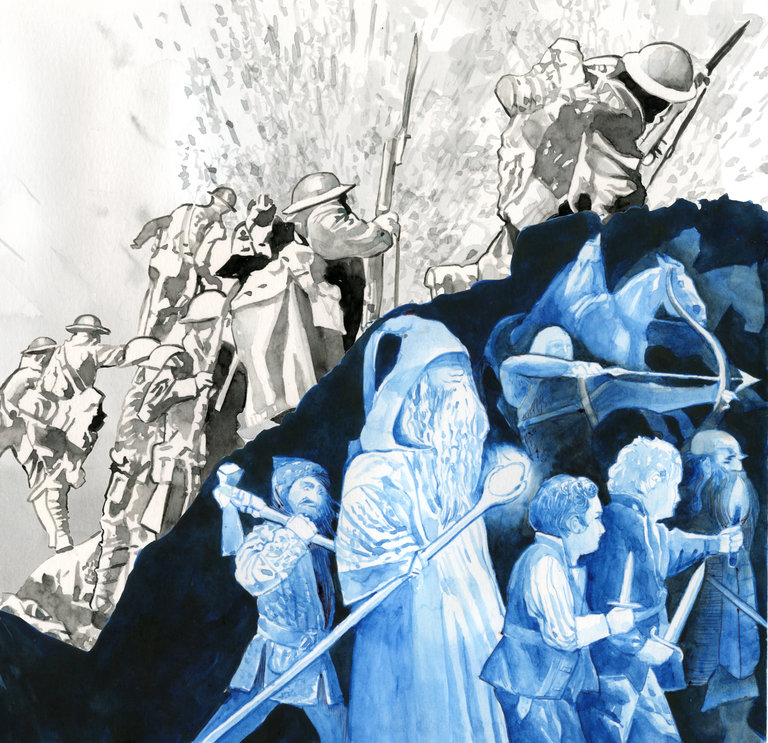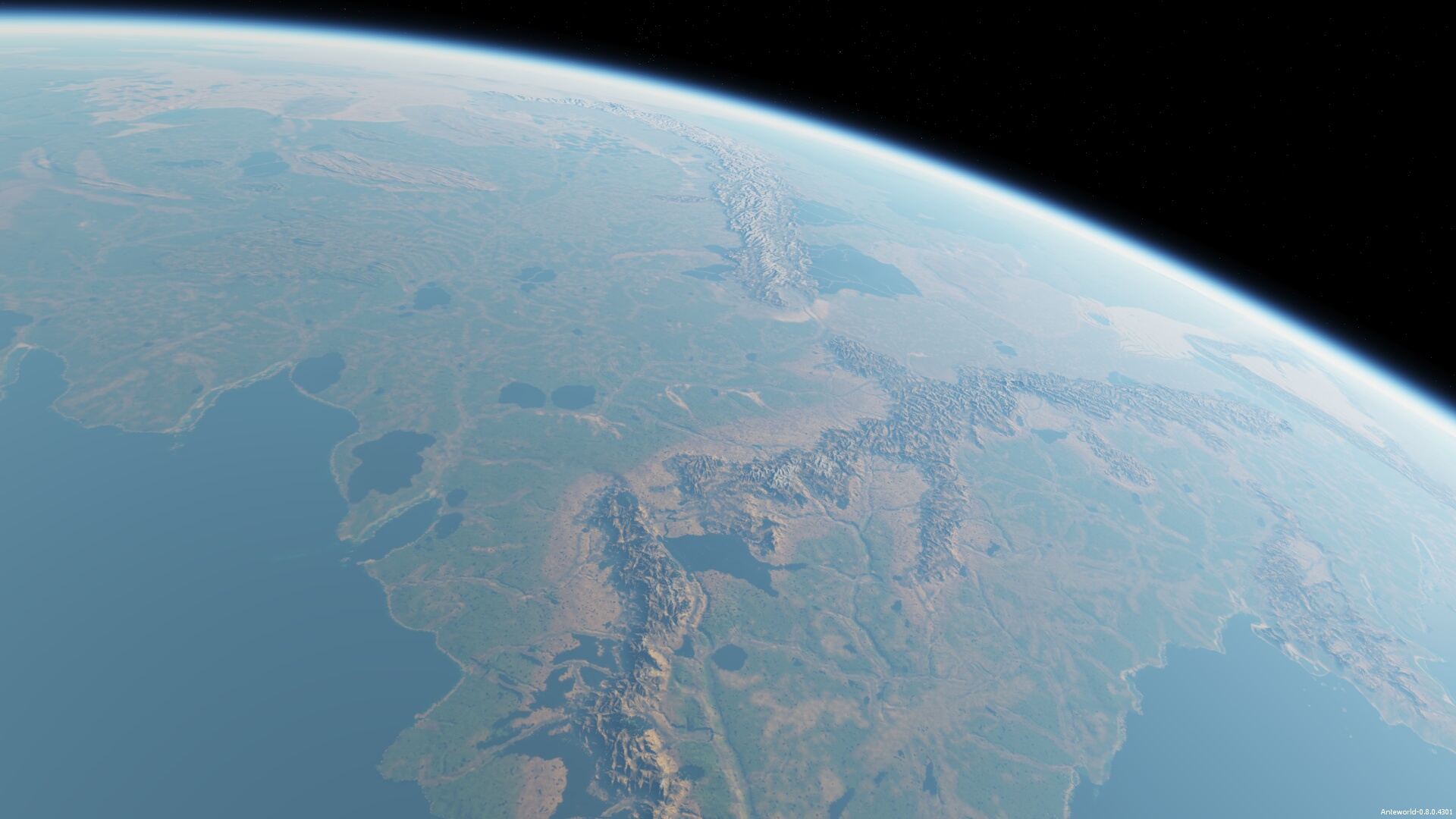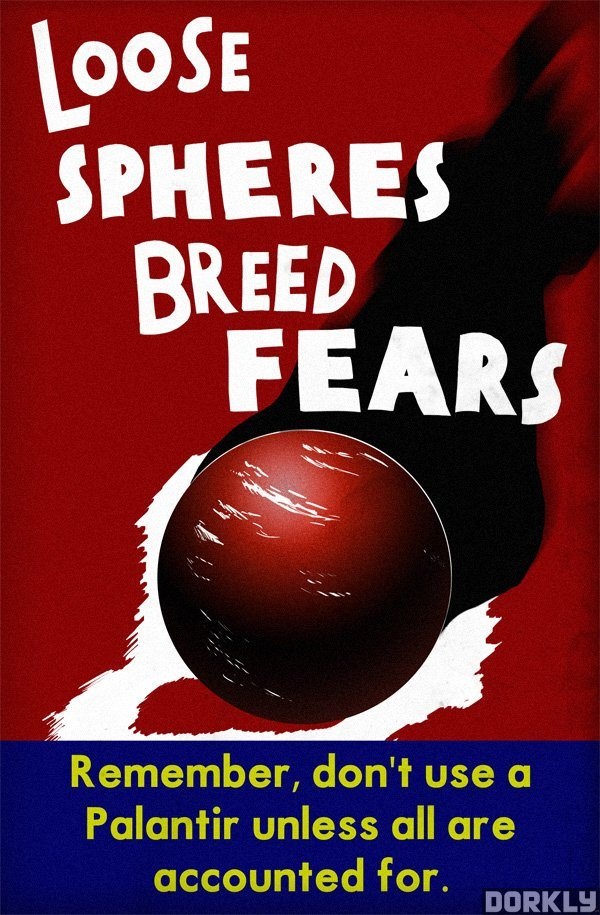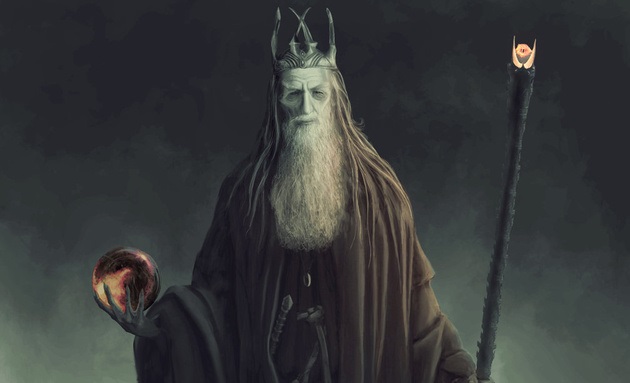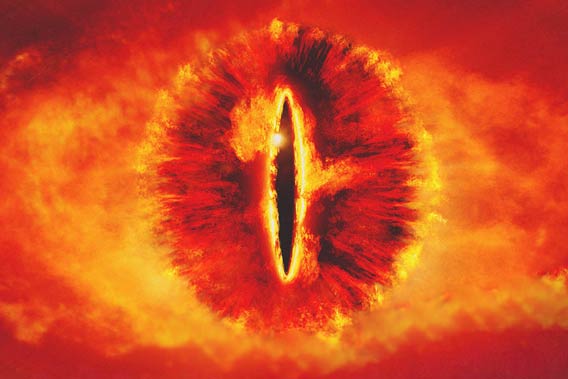“A GCHQ historian, who would not give his name for security reasons, said: ‘JRR Tolkien is known the world over for his novels, but his involvement with the war effort may take a few people by surprise.’” By way of Ed Rants, it seems J.R.R. Tolkien was briefly trained in the art of code-breaking at the Government Codes and Cypher School (GCCS), and was even approached to partake in the Council of Turing in the fields of Bletchley, where presumably his linguistic skills would help in deciphering the Black Speech of the Enemy.
John, son of Arthur, however, took the hobbit’s route…this time. “While he didn’t sign up as was probably intended, he did complete three days’ training and was ‘keen’ to do more. Why he failed to join remains a mystery. There is no paperwork suggesting a motive, so we can only assume that he wanted to concentrate on his writing career.” Perhaps he feared the seductive power of the Palantir, or perhaps he simply had had enough of war.
